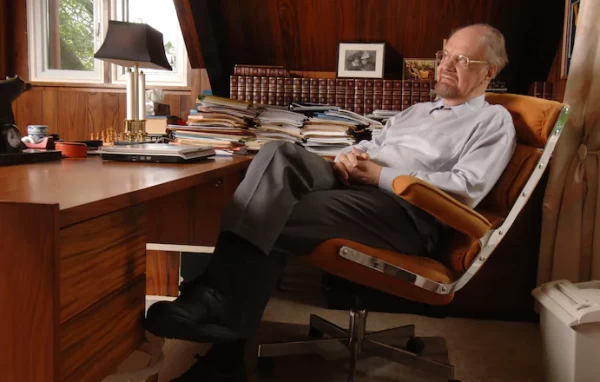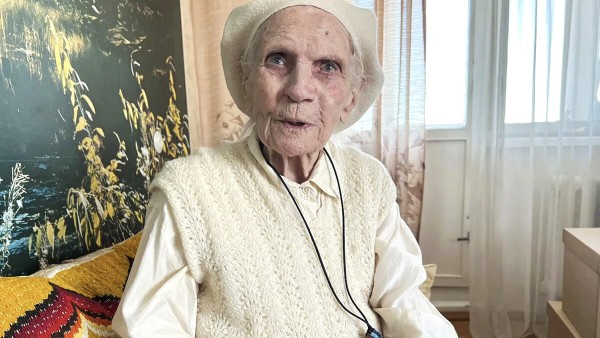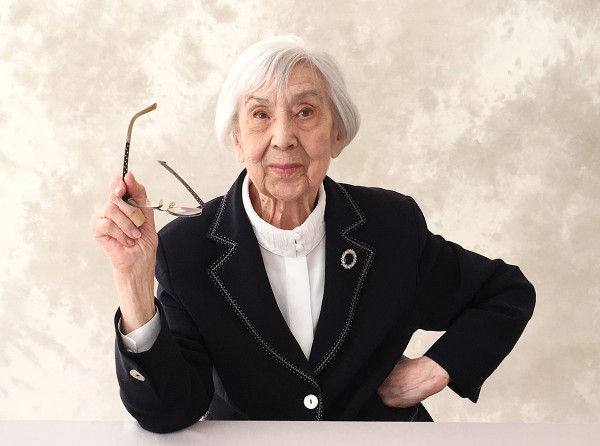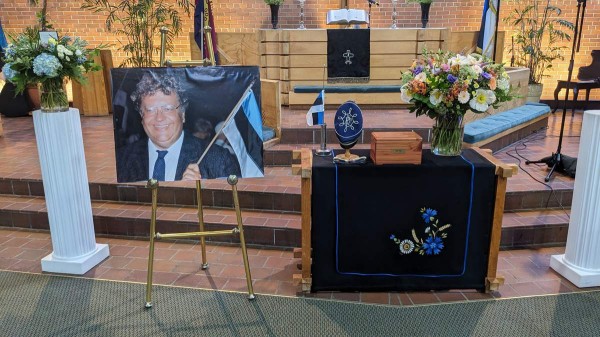Endel Tulving, who transformed the study of human memory with revelatory observations about how the brain stores and retrieves information — for example, differentiating from knowing what a shoe is to remembering the purchase of limited edition Nikes — died Sept. 11 at a retirement home in Mississauga, Ontario. He was 96.
The cause was a heart attack, according to his daughters, Linda Tulving and Elo Tulving-Blais.
Dr. Tulving, a cognitive psychologist who taught at the University of Toronto for 35 years, almost single-handedly pushed his field to think of memory as something more than just one big pile of information, memories and experiences. His peers recalled him as a towering figure in psychology and neuroscience.
“One could make the case that there is memory before Tulving and memory after Tulving,” said University of California at Davis neuroscientist and psychologist Charan Ranganath, the author of the upcoming book “Why We Remember.”
“In my opinion, he’s the most important cognitive scientist of the 20th century.”
Dr. Tulving is best known for proposing that humans have two forms of memories, which he described in a chapter of “Organization of Memory,” a 1972 book he co-edited with Wayne Donaldson.
One was semantic, a form of knowing: that George Washington was the first president of the United States, that cats look different than dogs. The other was, as he coined the term, episodic: the experience of eating a delicious croissant after shopping on the Avenue des Champs-Élysées.
Advertisement / Reklaam
Advertisement / Reklaam
“Think of it like this,” Ranganath said. “Where is the best place to find a parking spot? That’s a question for semantic memory. But where did I put my car today? That’s a question for episodic memory.”Dr. Tulving came to this idea through his work showing that the brain records and retrieves information on two separate tracks, a finding that meant information seemingly forgotten could be recalled with the appropriate cues.
He once showed his students how this worked by asking them to quickly remember 20 words – such as violin, yellow, desk – and write them down. Most were only able to remember about 10 words. Dr. Tulving, according to his entry in a collection of Canadian scientist biographies, then picked up one student’s list and found the word “yellow” was missing.
“Wasn’t there a color on the list?” he asked.
The student replied: “Yellow!”
Dr. Tulving’s proposals, especially the difference between episodic and semantic memory systems, were considered controversial when he made them in the 1960s and ’70s, but he gradually proved their worth with several ingenious studies.
One was a study using positron emission tomography – PET scans – that showed different areas of the brain were associated with each form of memory. Another was interviews he did with an amnesic patient named Kent Cochrane.
K.C., as he was known to the scientists who studied him, suffered severe brain injuries in a motorcycle accident.
“K.C.’s case is remarkable in that he cannot remember, in the sense of bringing back to conscious awareness, a single thing that he has ever done or experienced in the past,” Dr. Tulving wrote in American Scientist in 1989. “He cannot remember himself experiencing situations and participating in life’s events.”
But he does recall facts from his life – semantic memories.
“K.C. knows that his family owns a summer cottage, knows where it is located, and can point out the location on a map of Ontario, and he knows that he has spent summers and weekends there,” Dr. Tulving wrote. “But he does not remember a single occasion when he was at the cottage or a single event that happened there.”
Advertisement / Reklaam
Advertisement / Reklaam
Endel Tulving was born in Petseri, Estonia, on May 26, 1927, and grew up in Tartu, the country’s second-largest city. His father was a judge, and his mother owned a furniture store.He was 17 when the Soviet Union invaded Estonia during World War II. He and his younger brother became separated from their parents and were conscripted to Germany. The brothers did not see their parents for more than 20 years and spent most of that time wondering if they were alive.
“I did not know where to write,” he told the Toronto Star in 2006. “I did know our old home had burned down, because the whole town was burned down.”
Dr. Tulving finished high school in a German refugee camp. After graduation, he worked as a U.S. Army translator and briefly studied medicine at the University of Heidelberg. In 1949, he moved to Canada with several other Estonians and worked as a farmer’s hand before enrolling at the University of Toronto, where he received a bachelor’s degree in psychology in 1953 and a master’s degree the following year.
He received a doctorate in psychology from Harvard in 1957. His parents came to live with him in Toronto for several years before moving back to Estonia.
https://www.washingtonpost.com...

























